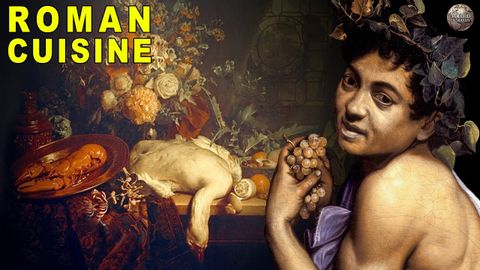
Subtitles & vocabulary
Weirdest Foods From Ancient Roman Cuisine
00
joey joey posted on 2021/05/20Save
Video vocabulary
stuff
US /stʌf/
・
UK /stʌf/
- Uncountable Noun
- Generic description for things, materials, objects
- Transitive Verb
- To push material inside something, with force
B1
More apparently
US /əˈpærəntlɪ/
・
UK /əˈpærəntli/
- Adverb
- According to what you heard; from what can be seen
A2TOEIC
More ingredient
US /ɪnˈɡridiənt/
・
UK /ɪnˈgri:diənt/
- Noun (Countable/Uncountable)
- Food item used when making a meal or drink
- Quality necessary to be something to work well
B1TOEIC
More ancient
US /ˈenʃənt/
・
UK /'eɪnʃənt/
- Adjective
- Very old; having lived a very long time ago
- Relating to a period in history, especially in the distant past.
- Noun
- A person who lived in ancient times.
A2
More Use Energy
Unlock All Vocabulary
Unlock pronunciation, explanations, and filters
